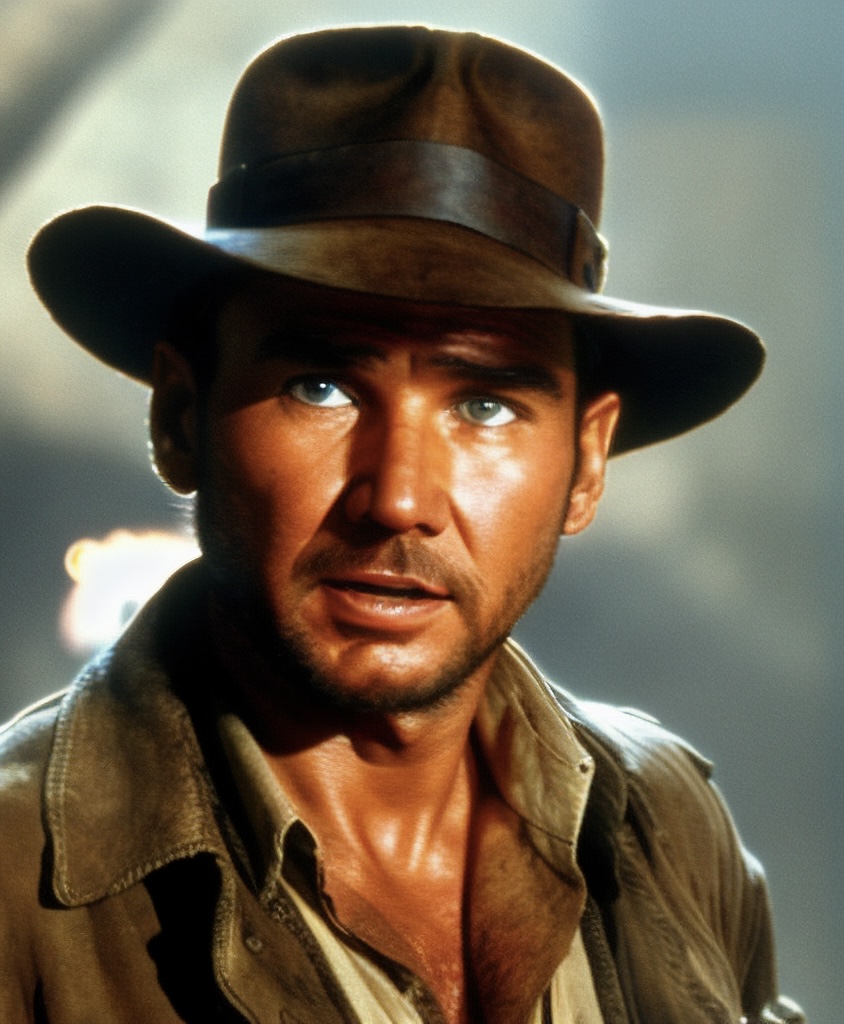The World Day Against Child Labour takes place annually on 12 June. The purpose of the event is to raise awareness and create a worldwide movement against child labour in any of its forms and to provide an opportunity to gain further support from individual governments and local authorities, as well as that of the International Labour Organisation social partners, civil society and others, in the campaign to tackle child labour. The World Day against Child Labour was first launched in 2002 spurred by ratifications of ILO Convention on the minimum age for employment and ILO Convention No. 182 on the worst forms of child labour.
Child labour refers to the employment of children in any work that deprives children of their childhood, interferes with their ability to attend regular school, and that is mentally, physically, socially or morally dangerous and harmful. This practice is considered exploitative by many international organisations. Legislation across the world prohibit child labour. These laws do not consider all work by children as child labour; exceptions include work by child artists, family duties, supervised training, certain categories of work such as those by Amish children, some forms of child work common among indigenous American children, and others.
Child labour has existed to varying extents, through most of history. During the 19th and early 20th centuries, many children aged 5–14 from poorer families still worked in Europe, the United States and various colonies of European powers. These children mainly worked in agriculture, home-based assembly operations, factories, mining and in services such as news boys. Some worked night shifts lasting 12 hours. With the rise of household income, availability of schools and passage of child labour laws, the incidence rates of child labour fell.
In developing countries, with high poverty and poor schooling opportunities, child labour is still prevalent. In 2010, sub-saharan Africa had the highest incidence rates of child labour, with several African nations witnessing over 50 percent of children aged 5–14 working. Worldwide agriculture is the largest employer of child labour. The Vast majority of child labour is found in rural settings and informal urban economy; children are predominantly employed by their parents, rather than factories. Poverty and lack of schools are considered as the primary cause of child labour. Globally the incidence of child labour decreased from 25% to 10% between 1960 and 2003, according to the World Bank. Nevertheless, the total number of child labourers remains high, with UNICEF and ILO acknowledging an estimated 168 million children aged 5–17 worldwide, were involved in child labour in 2013.
The International Labour Organization (ILO), is the United Nations body which regulates the world of work. They launched the World Day Against Child Labour in 2002 in order to bring attention and join efforts to fight against child labour. This day brings together governments, local authorities, civil society and international, workers and employers organizations to point out the child labour problem and define the guidelines to help child labourers.
According to ILO’s data, hundreds of millions of girls and boys throughout the world are still involved in work that deprives them from receiving adequate education, health, leisure and basic freedoms, violating their human rights. Of these children, more than half are exposed to the worst forms of child labour, including work in hazardous environments, slavery, or other forms of forced labour, illicit activities such as drug trafficking and prostitution, as well as involvement in armed conflict.

